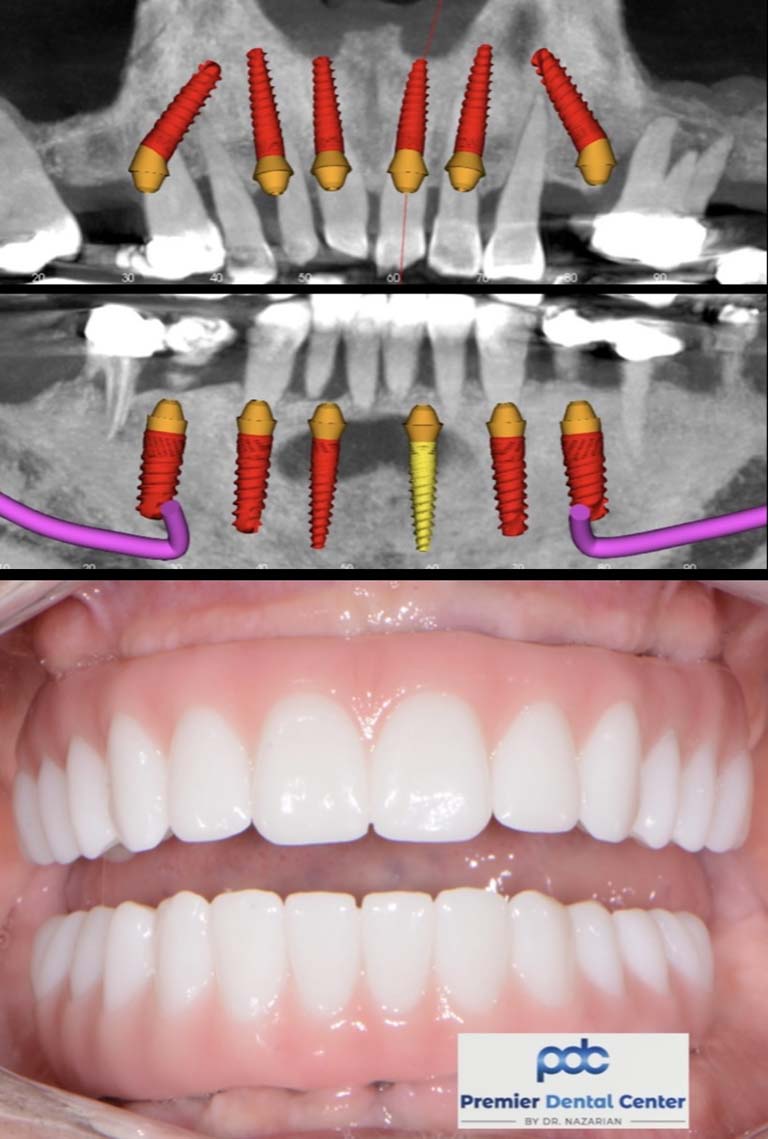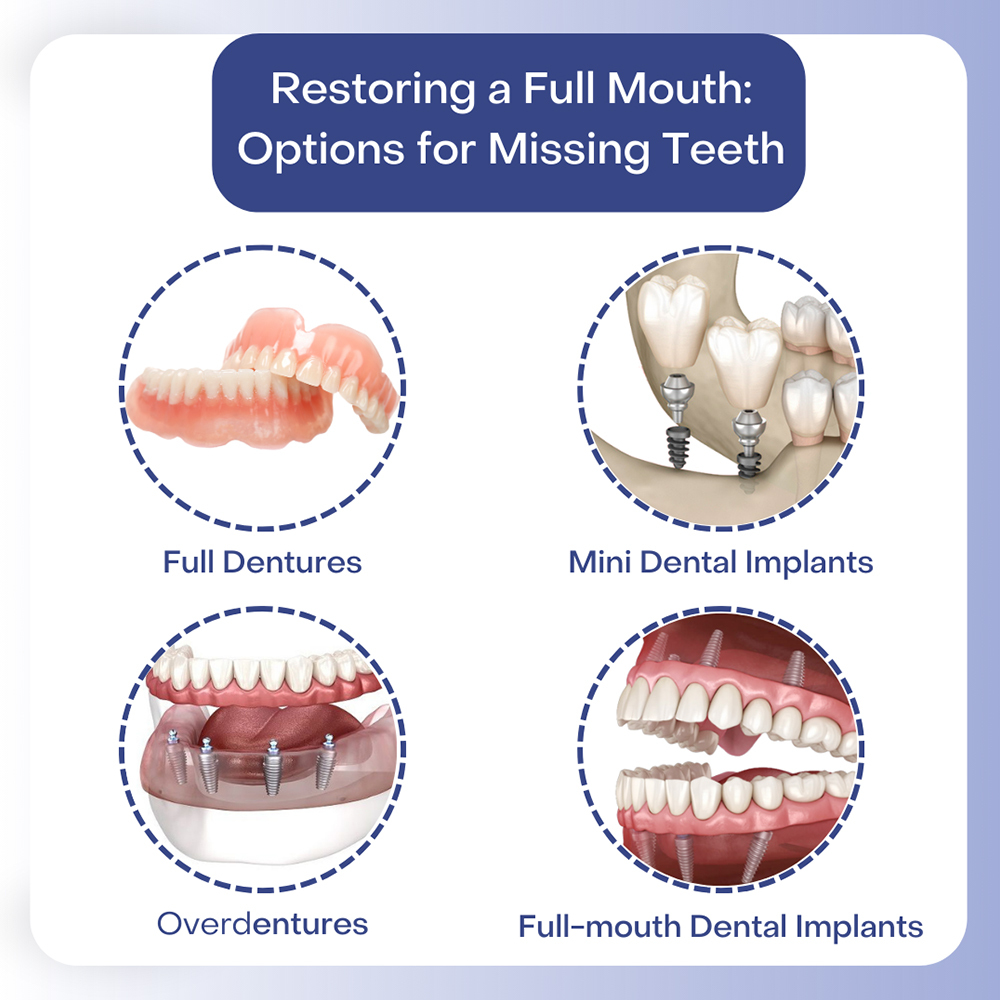Dental Sense for Beginners
Dental Sense for Beginners
Blog Article
The Basic Principles Of Dental Sense
Table of ContentsFacts About Dental Sense UncoveredThings about Dental SenseGet This Report on Dental SenseAll About Dental Sense
are medical tools surgically implanted right into the jaw to bring back an individual's capacity to eat or their look. They provide support for artificial (phony) teeth, such as crowns, bridges, or dentures. When a tooth is shed because of injury or disease, a person can experience problems such as rapid bone loss, defective speech, or modifications to chewing patterns that cause pain.Oral implant systems contain an oral implant body and oral implant joint and might likewise include an abutment addiction screw. Kids dental. The dental implant body is operatively placed in the jawbone in area of the tooth's origin. The dental implant abutment is normally attached to the dental implant body by the abutment fixation screw and expands with gums into the mouth to support the attached man-made teeth
(https://pxhere.com/en/photographer-me/4492670)Framework of The Oral Implant System selecting oral implants, speak with your dental provider concerning the possible advantages and threats, and whether you are a candidate for the treatment. Things to consider: Your total health and wellness is an important consider establishing whether you are an excellent prospect for dental implants, just how long it will take to heal, and the length of time the dental implant might remain in place.
Cigarette smoking might influence the healing procedure and reduce the long-lasting success of the implant. The healing procedure for the implant body may take numerous months or longer, throughout which time you usually have a temporary abutment in location of the tooth. the dental implant procedure: Carefully adhere to the oral hygiene instructions provided to you by your dental supplier.
The Ultimate Guide To Dental Sense
Implant failing can cause the need for another surgery to take care of or replace the dental implant system. Brings back the capability to eat Brings back cosmetic appearance Aids maintain the jawbone from diminishing because of bone loss Protects the health of the bordering bone and gums Helps keep adjacent (close-by) teeth secure Enhances top quality of life Damage to surrounding natural teeth during dental implant positioning Injury to the surrounding tissues during surgical procedure, such as sinus opening Injury throughout surgical treatment (for example, crack of bordering jawbone) Poor feature, such as really feeling like the teeth do not attack together usually A feeling that the tooth is loose or twisting in position arising from a joint screw loosening Implant body failing (looseness of the dental implant body) as a result of systemic infection, which may be most likely in individuals with unrestrained diabetes because of regional infection in bone and gum tissues supporting the dental implant body because of postponed recovery, which might be most likely in clients who smoke Problem cleaning up the gums around the implant, causing poor oral hygiene Neglected gum condition Post-surgical numbness due to nerve impingement or damages Always alert health and wellness care service providers and imaging specialists that you have dental implants prior to any kind of magnetic vibration imaging (MRI) or x-ray procedures.
FDA is not mindful of any type of negative events reported for MRI or x-ray procedures with dental implants. Oral implants systems are generally made from next materials that follow global agreement criteria of the International Company for Standardization (ISO) or ASTM International. These standards have details of what makes a secure material.

An oral implant is a structure that changes a missing tooth. With screw-like gadgets, the specialist inserts an implant right into the jawbone, and it serves as an anchor for a fabricated tooth, called a crown. A device called an abutment attaches the man-made tooth to the dental implant. The crown is customized to fit the individual's mouth and match the color of their teeth.
The 7-Second Trick For Dental Sense
Some people are not qualified for dental implant surgery. It is for oral doctors to operate on individuals with: acute illnessuncontrollable metabolic diseasebone or soft tissue condition or infectionIf these concerns are dealt with, a person can have the surgery. In, oral specialists avoid running on people with: If individuals with any one of the above undergo dental implant surgical treatment, there is a higher threat of the dental implant falling short.

Oral implant surgery is a tailored process. Offer you time to heal. Affix the message and final crown, bridge or denture.
Next off, your specialist will carefully put the oral implant into your jaw. Ultimately, your doctor will certainly rearrange your gum tissues and close the laceration with stitches. If your dental implant is near the front of your mouth, your dental practitioner will certainly make a temporary tooth for you to put on until you recover. This way, you will not have a space in your smile while you recuperate.
Dental Sense Fundamentals Explained
Your supplier can inform you what to anticipate in your situation. During the healing stage, your jawbone ought to fuse to the oral implant. This process, called osseointegration, is critical for stability and lasting success. This procedure can take anywhere from 3 to 9 months. In many cases, it may take much longer.
As soon as your dental implant heals, your dental practitioner can attach the abutment (little connector blog post) and your final repair (crown, bridge or denture). This normally takes concerning one hour to finish and may call for a 2nd minor surgical procedure. You shouldn't feel any pain during your dental implant procedure because your copyright will use drug to numb your periodontals.
Report this page